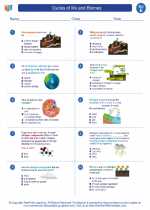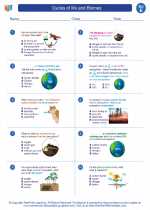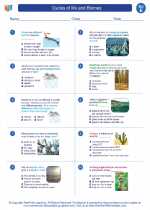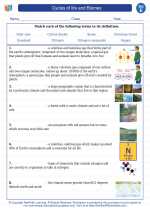Chemotaxis
Chemotaxis is the movement of an organism in response to a chemical stimulus. This phenomenon is commonly observed in single-celled organisms, bacteria, and immune cells in multicellular organisms.
Mechanism of Chemotaxis
Chemotaxis involves several steps:
- Chemical Detection: The organism senses the presence of a chemical gradient in its environment.
- Signal Transduction: Upon detection, the organism initiates a signaling cascade that leads to a response.
- Cellular Response: The organism moves either towards (positive chemotaxis) or away from (negative chemotaxis) the source of the chemical stimulus.
Examples of Chemotaxis
1. Bacterial Chemotaxis: Bacteria such as Escherichia coli exhibit chemotaxis in response to nutrients. They move towards higher concentrations of food sources for survival.
2. Immune Cell Chemotaxis: Immune cells use chemotaxis to navigate towards sites of infection or inflammation in the body, where they are needed to combat pathogens and promote healing.
3. Single-Celled Organisms: Organisms like amoebas and paramecia demonstrate chemotaxis in finding food or avoiding harmful substances in their environment.
Study Guide
When studying chemotaxis, it is important to focus on the following key points:
- Understand the mechanism of chemotaxis, including chemical detection, signal transduction, and cellular response.
- Be able to describe specific examples of chemotaxis in different organisms, such as bacteria, immune cells, and single-celled organisms.
- Compare and contrast positive and negative chemotaxis and provide examples of each.
- Discuss the significance of chemotaxis in the survival and behavior of different organisms.
Remember to review the role of chemotaxis in the context of both single-celled and multicellular organisms, as well as its implications in fields such as microbiology, immunology, and ecology.
.◂Science Worksheets and Study Guides Fifth Grade. Cycles of life and Biomes

 Worksheet/Answer key
Worksheet/Answer key
 Worksheet/Answer key
Worksheet/Answer key
 Worksheet/Answer key
Worksheet/Answer key
 Worksheet/Answer key
Worksheet/Answer key
 Vocabulary/Answer key
Vocabulary/Answer key
 Vocabulary/Answer key
Vocabulary/Answer key
